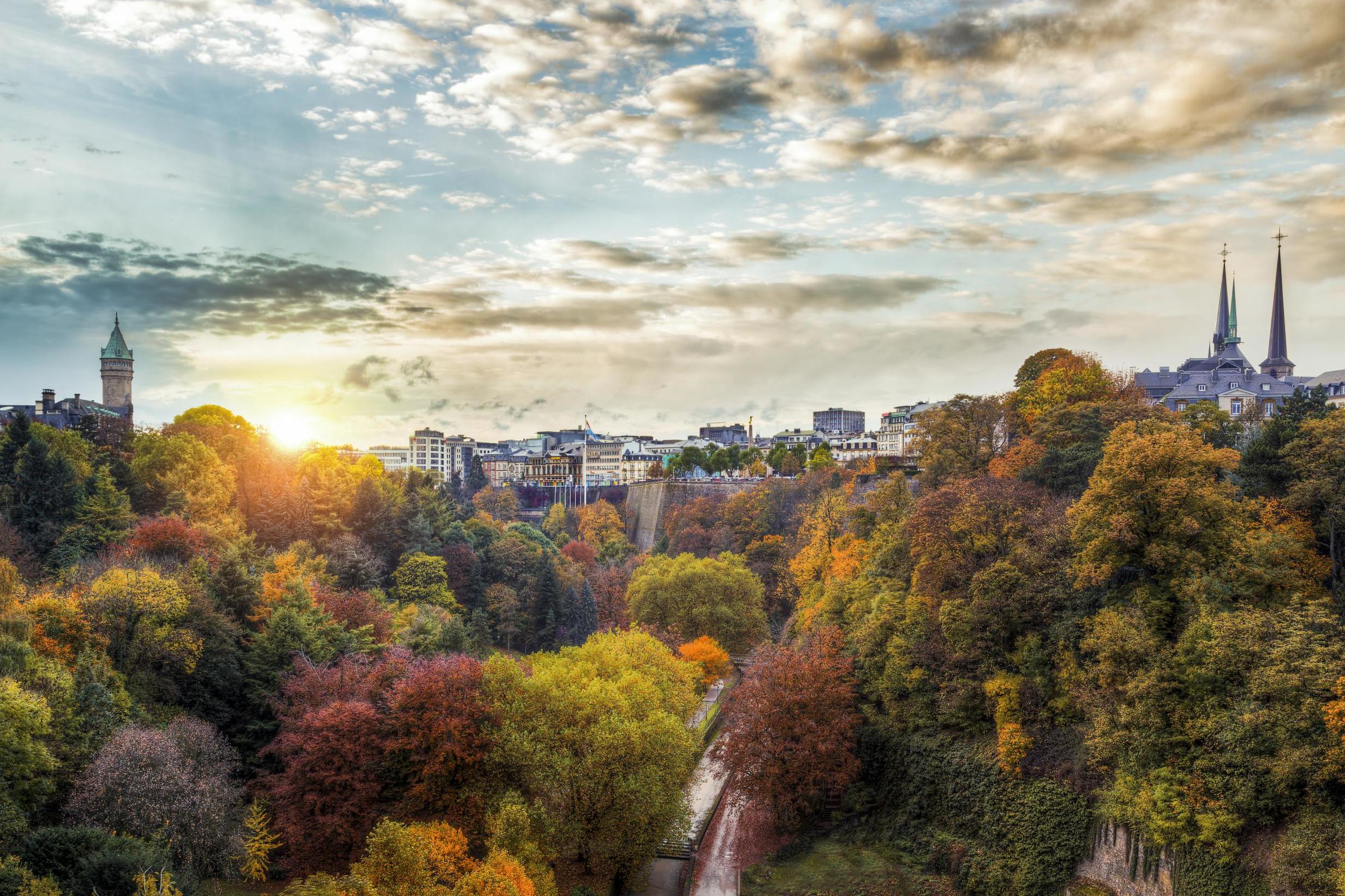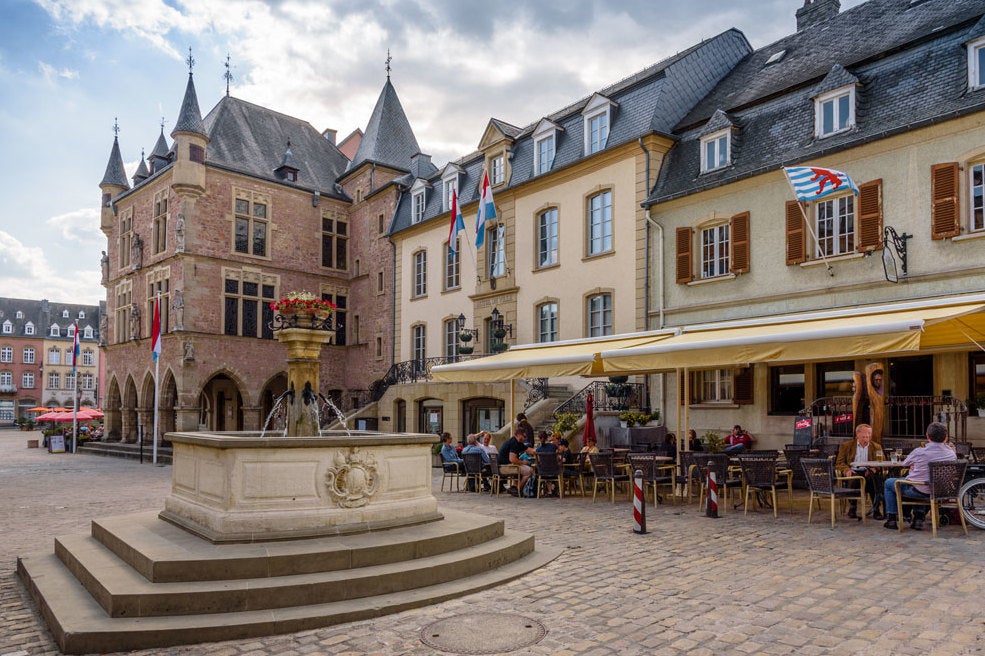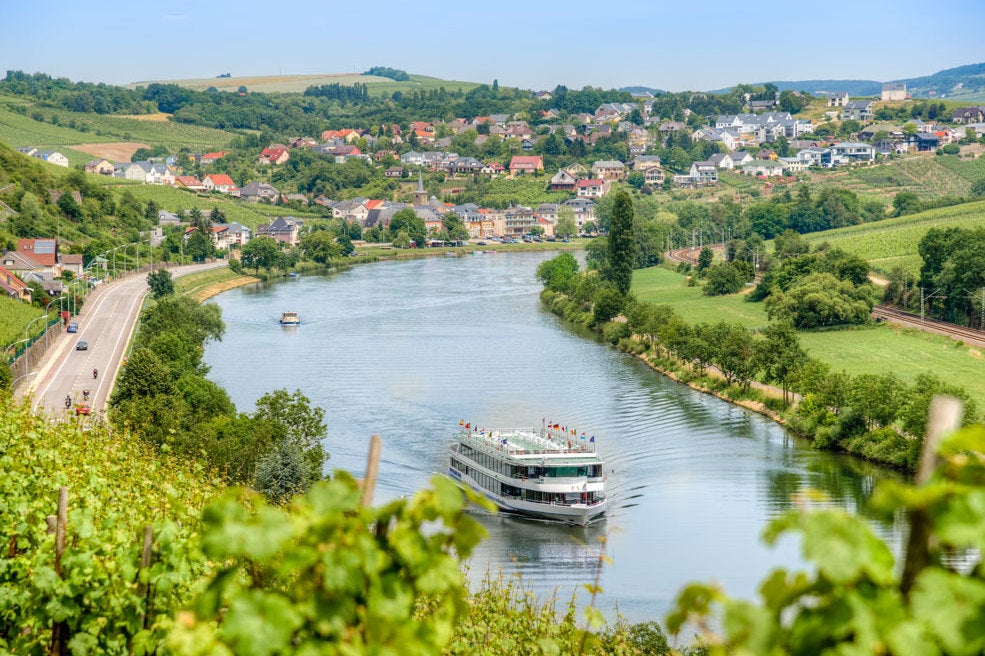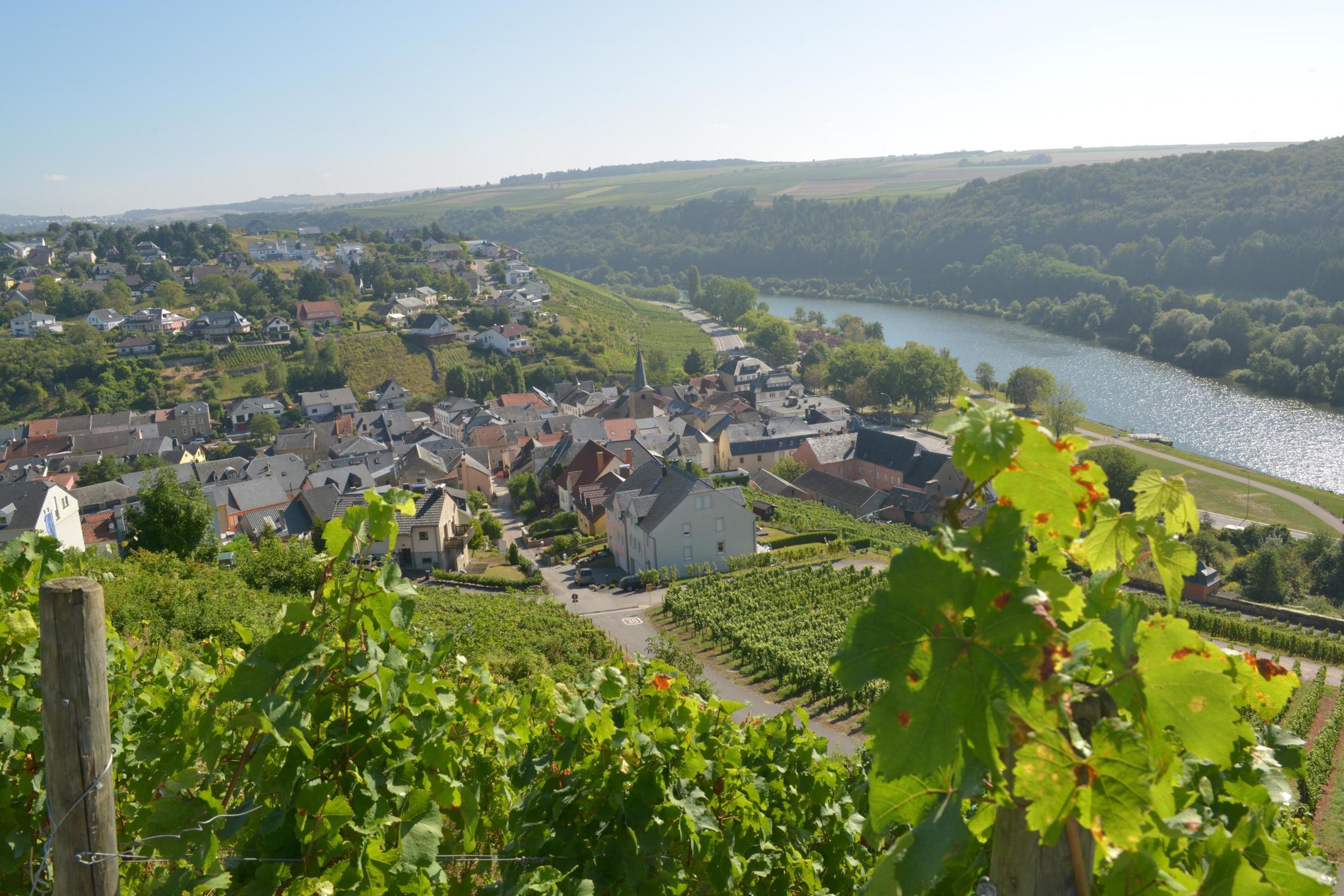10 things to do in Luxembourg
From the European Court and Ducal palaces to rolling hills and plentiful local wine, there's plenty to recommend Luxembourg

Cast aside your preconceptions of a dull, anonymous city state of Eurocrats. Luxembourg is bigger than Dorset, filled with stunning gorges and rolling vineyards, and has a beautiful cliff-top capital. It’s under four hours’ drive from Calais, or you can fly direct with Ryanair, easyJet, BA and Luxair to within three miles of the city centre. Travelling by train via Brussels is also cheap and easy. Few people realise that because Eurostar tickets are valid to any Belgian station, they only need pay the additional €10.30 that covers the distance from Arlon on the Belgian border to Luxembourg City. The country is surprisingly affordable too, so however you travel you can have a deluxe Luxembourgish break.
Give your verdict on the European Court
The role of the European Court of Justice has been a sticking point in Brexit negotiations (and the nemesis of Brexiteers). But the big news for the Luxembourgeoisie is the development of the Kirchberg plateau around the 1970s megalith. Once a rather drab business district, it now boasts striking new architecture, concert halls and Henry Moore sculptures. Most exciting is the Musée d’Art Moderne Grand-Duc Jean (mudam.lu) – or Mudam for short. Completed in 2006, it is an amazingly airy space built of glass, nestled into the city walls. As is the historic Dräi Eechelen (visitluxembourg.com) fort, where you can see the guillotine and learn how the country was occupied by anyone and everyone until 1945.
Head for the heights
Luxembourg City’s strategic location, on cliffs overlooking the Alzette river, encouraged each occupier to fortify it further. Today you can tour the ramparts around the pedestrianised old town, which offer stunning views over the lower town, or Grund. Once the poor part of the city, this is now a popular restaurant quarter with its narrow medieval streets. Walking the ramparts you will pass the cathedral and the history museum, cleverly converted from four old town houses and given a glass front.

Tour underground
A second tour of the ramparts is on offer in the maze of tunnels underneath you. Save for a few windows and galleries in the cliff face, you may be unaware of these “casemates” or fortified cellars. The most popular are at the Bock (lcto.lu), a sort of underground castle. From there you can peer out of gun emplacements carved out of the sandstone by the Spanish occupiers in the 1640s. Fifty years later it was the French doing the digging and another 50 years later the Austrians, creating a network of galleries, staircases and tunnels stretching 14 miles. Sealed in 1867, they were opened to tourists in 1933.
Eyeball the guards
Luxembourg is the world’s only remaining Grand Duchy and the Grand Duke’s palace is also the seat of government and home to the chamber of deputies. It couldn’t happen in any other country, but in Luxembourg you can watch the changing of the guard while sipping a hot chocolate on the terrace of the Chocolate House (chocolate-house-bonn.lu). That assumes you make it past the formidable staff (far scarier than the guards), who will give you a chocolate-covered wooden spoon coming in umpteen flavours that you dip in your hot milk to create your drink. Suitably fortified you can do a guided tour of the ducal residence (visitluxembourg.com), admiring its draped and gilded interior any day between mid-July and the start of September for €12.
Pay a visit to the tax villains’ villas
In the small print on parcels, you’ll often see the words Amazon EU Sarl (Lux). Yes, you are not the only tourist here – there are tax tourists in the shape of global corporations which have taken a shine to this low levy state. If you walk from the old town to the Villa Vauban, you pass through a district of beautiful 19th century villas that house giant law firms, oil firms, multinationals, and other financial corporations. But you only know that from the perfectly polished brass plates indicating the unlikely housemates. The Villa Vauban (villavauban.lu) itself, in the lovely park that encircles the city, is the exception. It is open to visitors (for €5) and has an impressive art gallery.

Tour the wine regions
If you fancy some fizz, Luxembourg’s sparkling white and rosé wines are well respected. The wine region stretches along the banks of the Moselle from Wasserbillig (with its giant aquarium and railway station) to Schengen (where the accord was signed, on a boat near the border with Germany and France). There are wine museums and some wineries, such as the Caves Co-operatives in Wormeldange (vinsmoselle.lu/en), open up bottles for you to taste. Though there’s no hard sell, you may end up with a full boot coming back. If you’re not in a car, you can do a boat tour on the Marie Astrid (entente-moselle.lu/en/boat-princesse-marie-astrid), which has several pick-ups and drop-offs and offers lunch on board. Tickets start at €7.
Walk off the battle of the bulge
Eaten and drunk too much? Diekirch is one of the easiest places to stretch your legs, being half an hour by train from the capital. A historic town, it was largely rebuilt in traditional style after the Battle of the Bulge, the suicidal German counteroffensive in December 1944. This is chronicled in the National Museum of Military History (mnhm.net). The episode is known as the Battle of the Ardennes on the Continent, as the forest covers most of the north of the country. And if you travel further north to nearby Vianden, you can ride the country’s only chairlift over the canopy to this historic city’s castle (castle-vianden.lu/english).
Go climbing in “Little Switzerland”
The area known as Little Switzerland allows you to go climbing over rocks and walking through canyons. One of the easiest walks follows the Ernst Noire river out of Müllerthal and over the Schiessentümpel bridge to see the triple waterfall. And on the road out of Müllerthal to Berdorf (a popular rock climbing spot), you pass the Predigstuhl, one of several proud rock formations that you can climb on a series of metal staircases. You end up standing on a rock balanced over the road. At the Gorge du Loup, outside Echternach, you squeeze through gorges the width of your shoulders and get spectacular views of the surrounding countryside.

Head for the industrial heartland
While most tourists flock to the eastern winelands and northern beauty spots, the south-west was the industrial heartland in the heyday of railways and iron and steel-making. It is also the more French-speaking area. Hop on a train from Luxembourg City to Fond-de-Gras, where you can catch a steam train to the Minett Park (visitluxembourg.com). This reconstruction of a mining community has a narrow gauge mine train that will take you underground. Another industrial attraction in Luxembourg’s mining heritage is the Musée National des Mines de Fer (mnm.lu), also reachable by train, which charts the extraction and smelting of iron ore.
A spot of high camp
An unmissable beauty spot is the area around Bourscheid, 45 minutes by car, and 40 minutes by train from the capital. The 11 watchtowers of its ruined castle (visitluxembourg.com), entry €5, look over the river Sûre, which offers beautiful bankside walks and gastronomic treats. Many tourists camp – the new Cocoon Spa-Hotel La Rive (cocoonhotels.eu) resort on the banks of the river Sûre, set deep in a valley, also have camping sites and are right on the river, so you can go paddling and then enjoy the spa. How Lux-urious.
Join our commenting forum
Join thought-provoking conversations, follow other Independent readers and see their replies
Comments